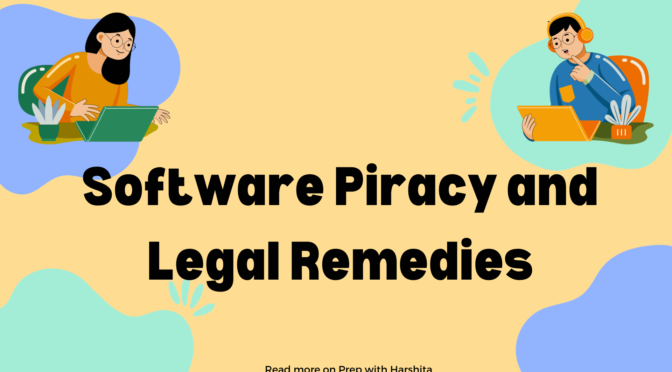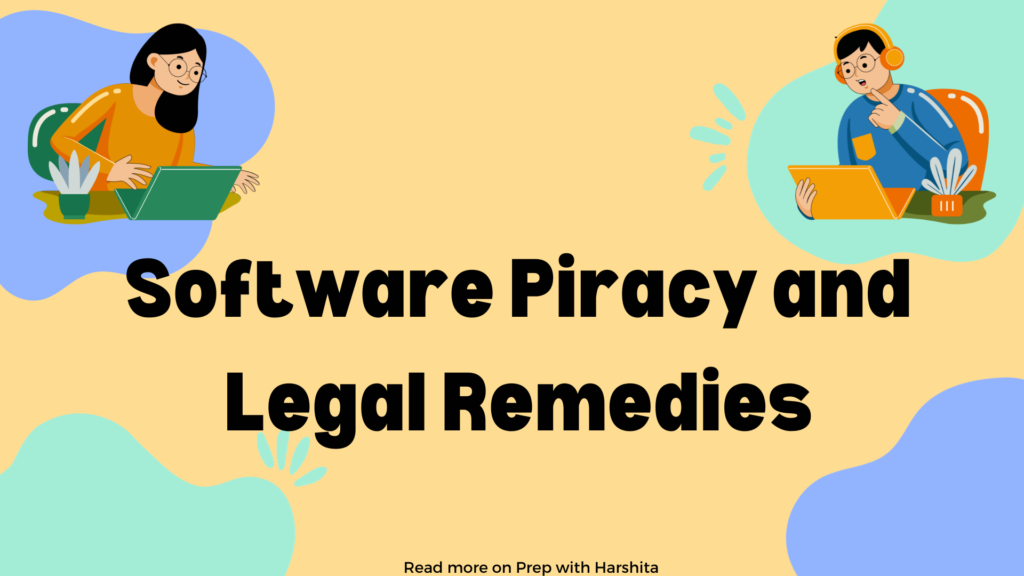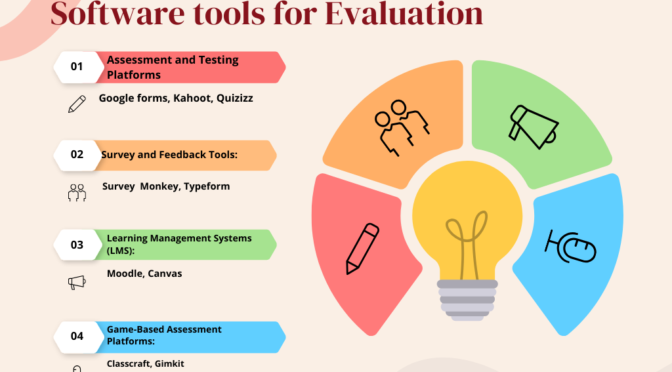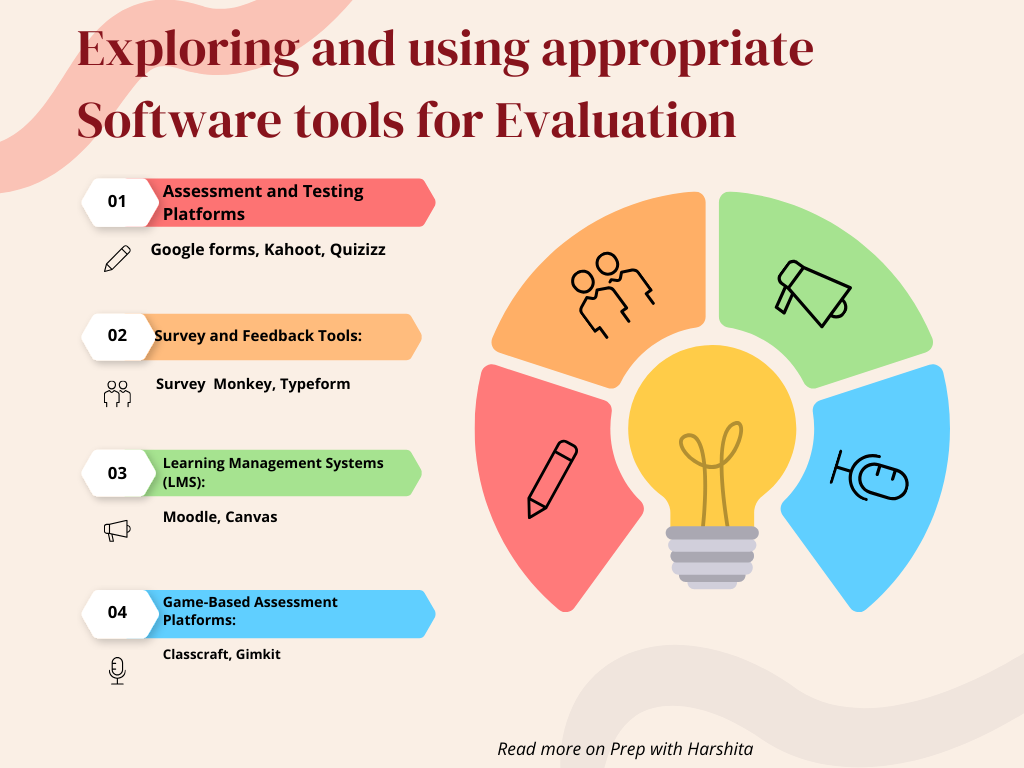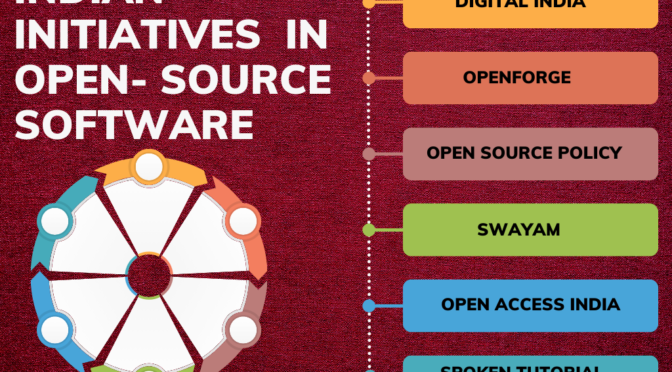Emergent literacy refers to the early, foundational skills and behaviors that children develop before they formally learn to read and write. It encompasses a range of language and literacy-related activities and experiences that set the stage for later literacy acquisition. Emergent literacy recognizes that literacy development begins in the early years of life, well before a child enters formal schooling.
Key Component of Emergent Literacy :
Oral Language Skills: The development of vocabulary, comprehension, and oral communication lays the foundation for reading and writing.
Phonological Awareness: The ability to recognize and manipulate the sounds of language, including rhyming, syllable segmentation, and initial sound awareness.
Print Awareness: Understanding the conventions of print, such as recognizing letters, understanding that print carries meaning, and awareness of the left-to-right directionality of reading.
Literacy-Related Behaviors: Engaging in activities that promote an interest in books and reading, such as pretending to read, exploring books independently, and asking questions about written language.
Also Read : Language Across the curriculum
Implications of Emergent Literacy:
Early Intervention is Critical: Recognizing and supporting emergent literacy skills in the early years can have a significant impact on later reading and writing success. Early interventions can prevent or address potential reading difficulties.
Play-Based Learning: Play serves as a natural and engaging context for emergent literacy. Activities such as storytelling, role-playing, and interactive games contribute to language and literacy development.
Family and Community Involvement: Families and communities play a vital role in fostering emergent literacy. Reading to children, providing access to books, and creating a literacy-rich environment at home contribute to early literacy development.
Multimodal Approaches: Incorporating a variety of modes of communication, including visual, auditory, and kinesthetic, supports emergent literacy. This can include using multimedia, interactive technologies, and hands-on activities.
Promoting a Love for Reading: Instilling a love for reading from an early age is crucial. Creating positive and enjoyable experiences with books helps children develop a lifelong appreciation for literacy.
Assessment for Early Identification: Regular assessment of emergent literacy skills helps identify areas of strength and areas that may need additional support. Early identification allows for targeted interventions.
Also Visit : Prep with Harshita



